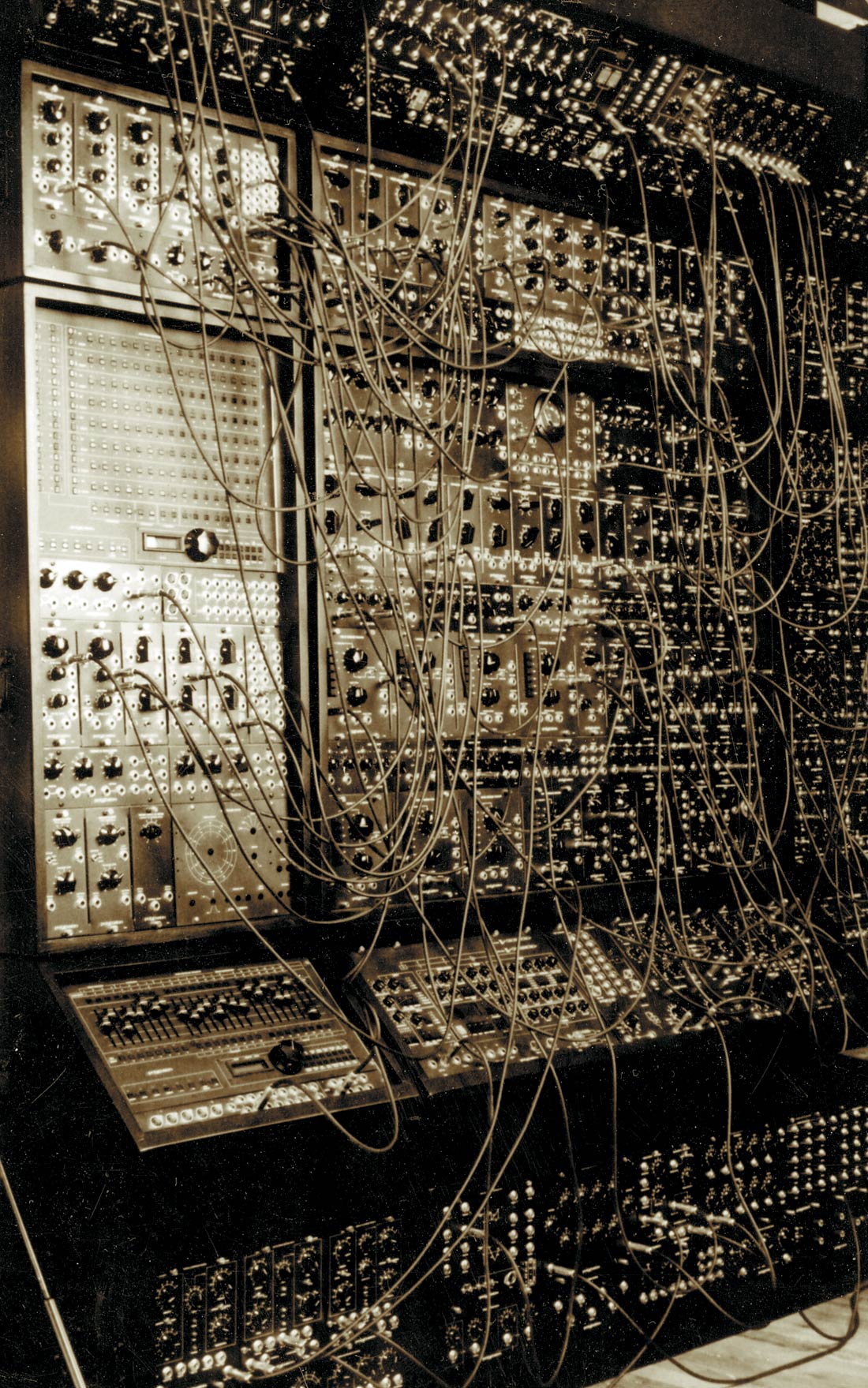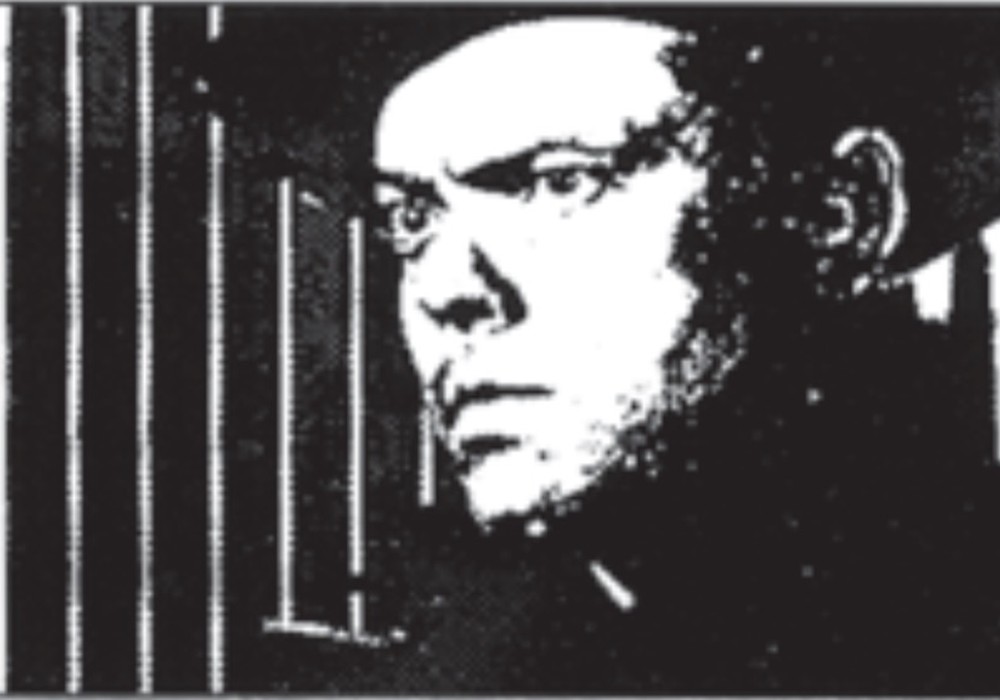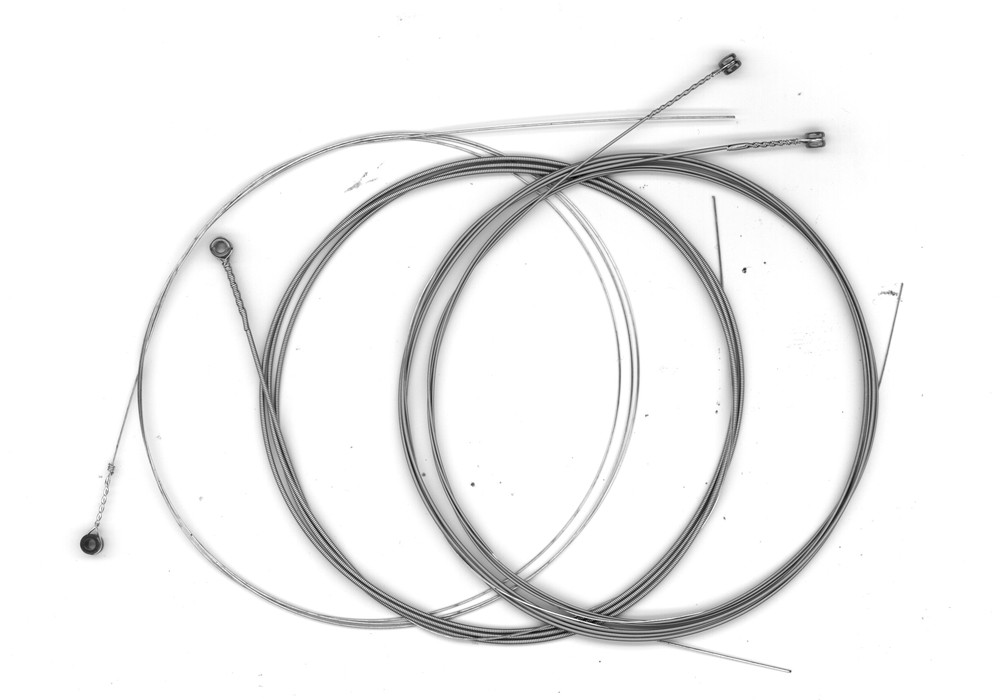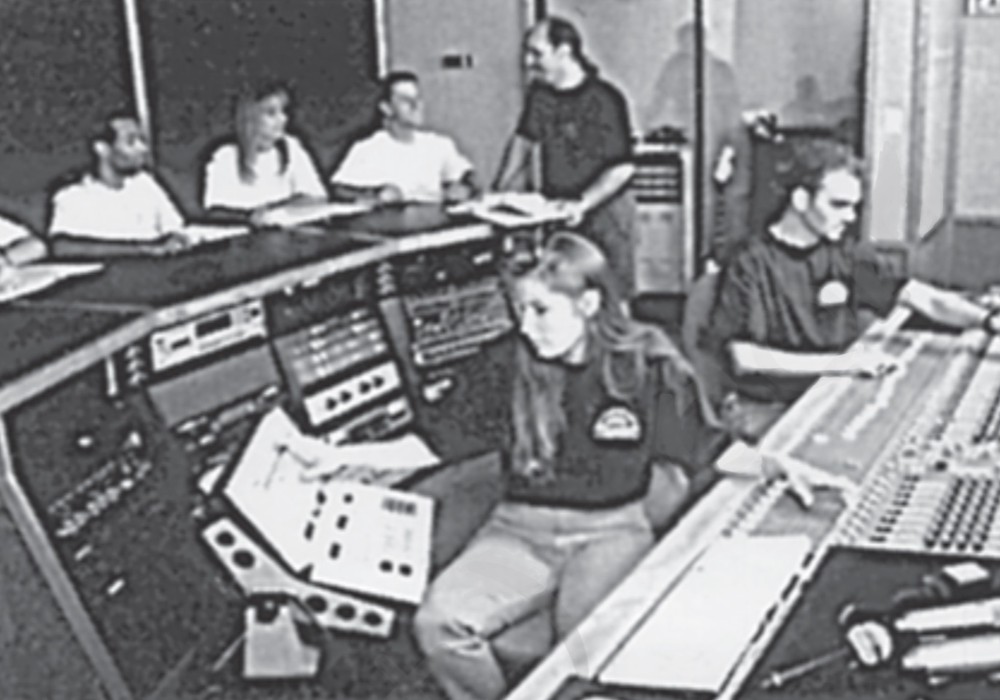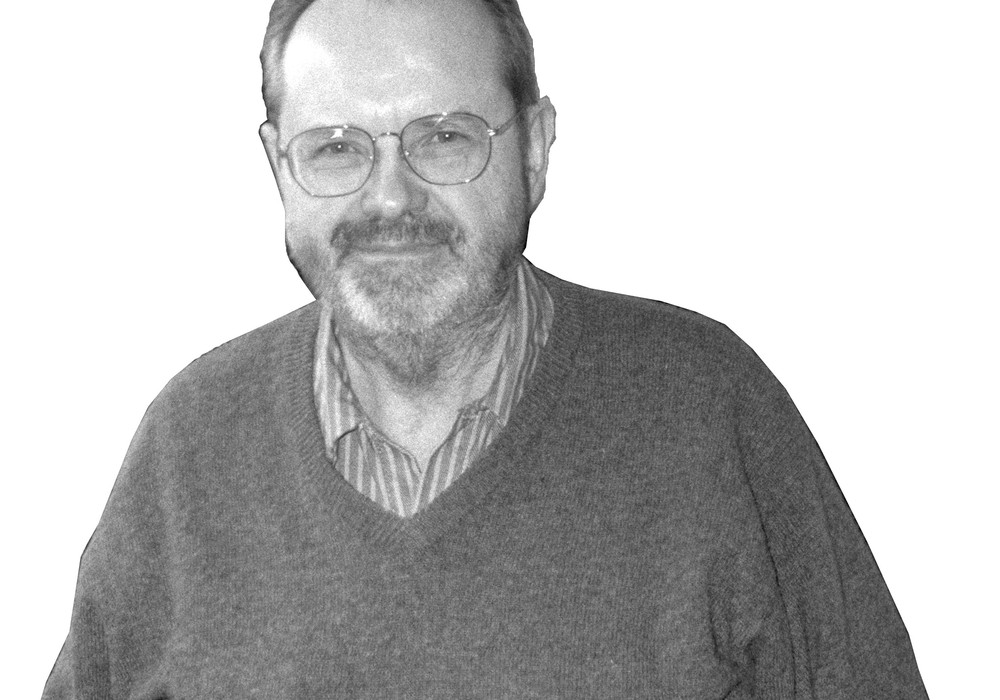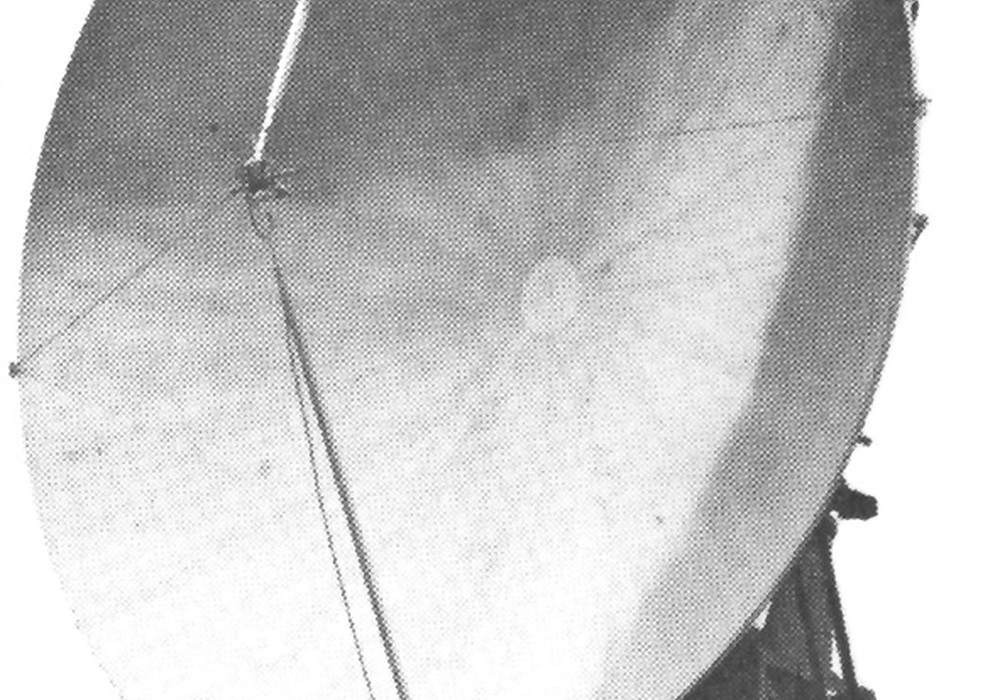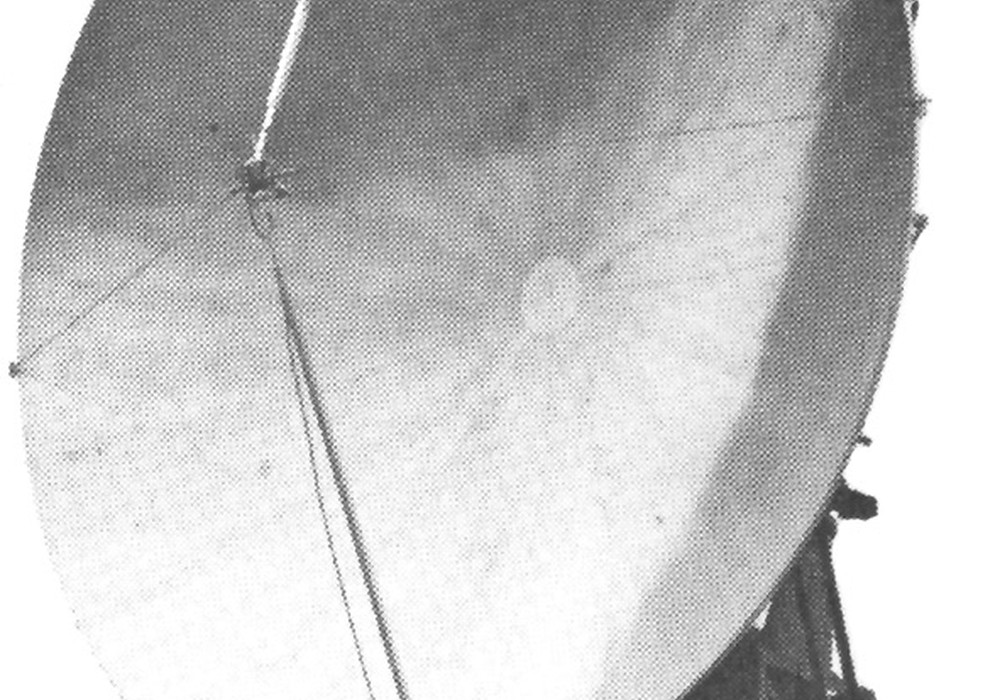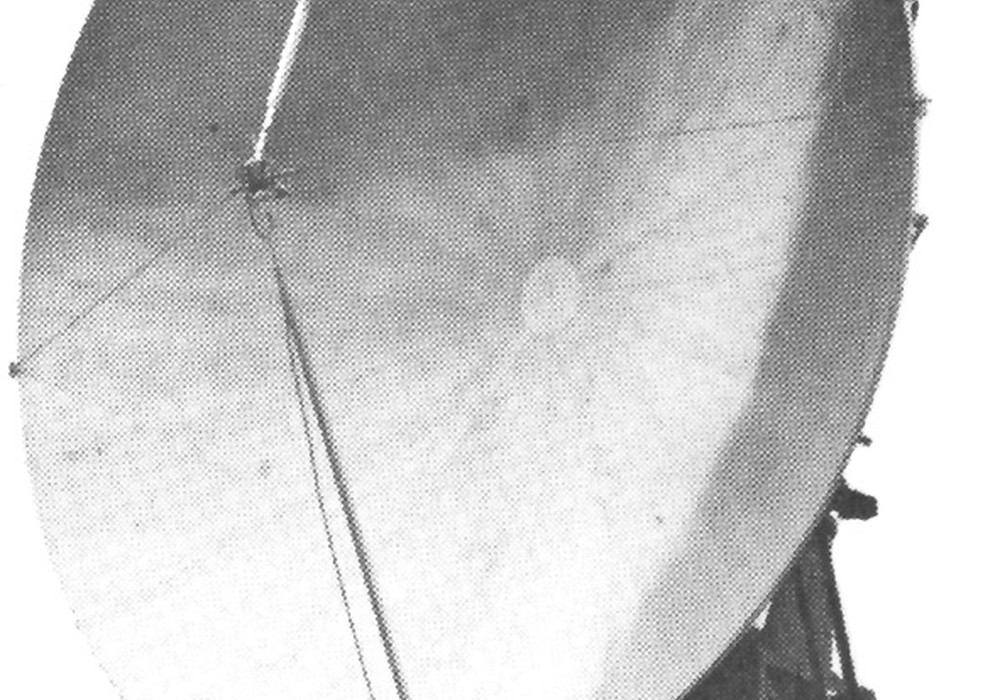Since Tape Op Magazine only comes out every other month, I assume that our typical reader has a little time left over in which to read and learn more about the art and science of recording. With that in mind, we compiled a list of books that our contributors recommended, along with short reviews. We tried to focus on the general art of recording, so you won't find great books like John Keane's A Musician's Guide to Pro Tools here, though somehow The Beatles became their own category (and we're waiting for Kevin and Brian's Recording The Beatles.) Plus, take a look at Steve Pogact's information on older and foreign recording magazines. While this isn't a complete list by any means, it should serve as a great starting point for a novice or established engineer who would like to get a little reading in. Remember, knowledge is power! -LC
General Recording
Audio Cyclopedia by Howard Tremaine
Required reading for anyone who hasn't abandoned analog gear. I prefer the original 1959 edition as the technology of the day was a lot simpler and could be covered in greater detail than in later editions. Twelve hundred sixty-nine pages written in a strange "Question & Answer" style similar to the teacher's edition of grade school textbooks. The New Audio Cyclopedia is not the same book. -SP
It is the absolute be-all end-all bible of all things audio. I checked it out of the library once probably ten years ago. Nothing else can even touch it for sheer knowledge. (Howard Sams) -MC
The Recording Studio Handbook by John M. Woram
Great info, especially for analog calibration and maintenance. -GH
An excellent book to own. While it lacks an inspiring prose style and may not be full of 2-bus compression tricks, it really makes a sincere attempt to cover what you need to know from the ground up. Explanations of acoustic theory, mic pairs, sound baffling and console design are just a few of the things you'll find covered in a coherent, understandable way. A good place to start. -PS
Woram focuses on the underlying principles of recording, fundamental facts that are easy to forget but crucial to remember. With thorough explanations of everything from Fletcher-Munson curves to the influence of relative phase on perception of distance, he doesn't just cater to beginners. (Elar Pub. Co.) -SS
The New Audio Cylopedia by Glen M. Ballou
Good overall resource covering a wide range of topics from studio design to disc recording, consoles and systems, microphones and so on. (www.focalpress.com) -DA
The Sound Studio by Alec Nisbett
Textbook-style book, similar to Modern Recording Techniques. A lot of good information on film and video sound work. (www.focalpress.com) -LC
Modern Recording Techniques by David Miles Huber & Robert E. Runstein
Pretty much the bible for basic recording, as it was back in the late '70s when I got my start. It provides a reasonable depth of technical info, but you don't need an electrical engineering degree to get through it. -MB
This book provides a good general background on everything from studio equipment to some basic acoustics theory. -SP
The de facto textbook in almost all audio classes around the globe. (www.focalpress.com) -SC
The Use of Microphones by Alec Nisbett
The only microphone book I have found that completely ignores typical pop production close mic techniques. This is the book for anyone interested in learning how to mic a string ensemble, jazz combo, theatrical stage or TV production set. The drawings alone are worth whatever you have to pay for the book (circa 1959 "stick-man at cocktail hour"). (www.focalpress.com) -SP
Mastering Audio by Bob Katz
It is the most accurate, concise and detailed book on audio mastering to date. This is the definitive book to answer any questions regarding the craft of mastering. Best of all, Bob wrote the book to be user friendly to all engineers, not just mastering engineers. I would go so far as to recommend that all engineers read this book because it will help them to understand the art of mixing even more, as well as things like room acoustics, monitoring, calibration, high bit rate audio, dithering, jitter, compression, equalization, etc... highly recommended! (www.focalpress.com) -LDV
The Mastering Engineer's Handbook by Bobby Owsinski
Interviews with mastering engineers and a run-down of the gear and techniques used by them. As a non- mastering engineer I still found this book helpful and interesting. (www.artistpro.com) -LC
Professional Microphone Techniques by David Miles Huber and Philip Williams
I agree with most of the suggestions. Super wide selection of instruments covered. A must for the studio owner. (www.artistpro.com) -SC
Sound Engineer's Pocket Book by Michael Talbot-Smith
A small, easy reference book for the engineer. Need some quick numbers or facts about Dolby real fast? Here they are. (www.focalpress.com) -LC
Microphone Manual: Design and Application by David Miles Huber
Long before Dave began contributing to Tape Op and we became friends, I owned a copy of this book and studied it frequently — and learned a lot of the basic techniques along the way. A great reference. (www.focalpress.com) -LC
Practical Techniques for the Recording Engineer by Sherman Keene
This is where I found the swinging mic technique. This book is all over the map and just makes sense.-SC One of the best books I read as I began my recording career. Real world information about recording music. Sherman was one of the first people to teach recording classes, and Tchad Blake was a student of his! Need more be said? (www.shermankeene.com) -LC
Quality in Sound Engineering by Sherman Keene
A continuation of Practical Techniques.... for the more advanced engineer. Beyond just the practical, this book explores issues of sound quality in a straight-ahead way that can be applied to real recording scenarios. Anyone needing more education on phase, distortion, CMR, M/S, comb filtering and understanding how to get the best out of your gear would do well to buy this book. Chock full of real information, not just theory. (www.shermankeene.com) -LC
Sound Reinforcement Handbook by Gary Davis and Ralph Jones
Meant for live sound, this book goes into great depth about everything from acoustics and delay times to cable shields and speakers. One of the first books I dove into when first starting out. Good for the tech fiends and others who want to understand what each piece of gear does and how it's put together. (www.halleonard.com) -DC
Project Studios: A More Professional Approach by Philip Newell
Philip is a tough-ass — if you read this book you will feel like you are skimping and doing everything wrong and aren't critical enough. A good "light a fire under your ass" book. Not just about home studios. (www.focalpress.com) -LC
The Art of Digital Audio by John Watkinson
The bible of digital audio. Over the many years I've read many books on microphone techniques and recording techniques, but when I need to know how S/PDIF works and what makes it different than AES, there's only one place to go... Watkinson. (www.focalpress.com) -BK
Multi-Track Recording For Musicians by Brent Hurtig
When I began teaching recording workshops at my studio I ran across this book. It is really a fantastic text for entry-level to intermediate student recordists. Plain language analogies and technical explanations in a concise way that won't make your eyes glaze over. Nice pictures, too. (www.alfredpub.com) -MB
Recording Techniques for Small Studios by David Mellor
A great guide for starting out, including "Arrangement essentials for 4-track recording." Well written and easy to follow. Good, solid practical advice for making records on a smaller scale. (www.pc- publishing.com) -MC
The New Stereo Soundbook by Ron Streicher and F. Alton Everest
An entire book dedicated to stereo recording. Plenty of background on the acoustics and human physiology of stereo hearing. And the best tutorial on the various methods of stereo recording, from the infamous dummy head to the more common X/Y and M/S techniques. This is the book I was reading when I decided to pursue "live to 2-track" recording whenever possible. (www.wesdooley.com) -SP
Principles of Digital Audio by Ken C. Pohlmann
Simply one of the best resources for understanding digital audio! (www.mcgraw-hill.com) -DA
BBC High Quality Sound Production and Reproduction, BBC Programme Operations Training Manual by H. Burrell Hadden
An actual BBC training manual, published for their studio staff. The BBC was such a large organization, with production facilities throughout the world, that copies of their manuals turn up frequently. This book is organized into three main sections: The first provides a background in audio, acoustics and the physics of music. The second section describes the various types of equipment to be found in a BBC studio circa 1960 — this section alone is worth the price of the book — the photographs and descriptions of custom BBC gear are not likely to be found anywhere else. Finally, the book spends considerable time on studio techniques, primarily the placement of microphones in numerous types of production environments. This book was so damn cool that I have begun searching for other BBC publications, and there are supposedly some similar texts from EMI floating around. (Iliffe Books, Ltd.) -SP
Sound System Engineering by Don and Carolyn Davis
For those who don't know about this book or the authors, they are some of the original gurus of audio. The amount of research and work that went into this book is unbelievable and probably makes it the basis for which all other audio books are judged. Topics include lots of electronics, lots of acoustics, lots of theory and lots of equations. It's a reference book you will never outgrow, never master every subject, and will always refer to again and again if you work with any aspect of audio. (www.focalpress.com) -KH
Sound Studio Construction on a Budget by F. Alton Everest
All the information you need to build various-sized studios, diffusors, bass traps and more. Building a studio? You need this! (www.mcgraw-hill.com) -LC
Home Recording Focus
The Musician's Guide to Home Recording by Peter McLan and Larry Wichman
I liked the fact that they spent quite a bit of time discussing possible EQ settings for different instruments, including a nice section on drum mic'ing. It also helped me set up my first patch bay, and I still pull it out to see about wiring speakers. (www.msc- catalog.com) -BD
Anatomy of a Home Studio: How Everything Really Works, From Microphones to MIDI by Scott Wilkinson
It's very comprehensive and clear, and is almost always helpful when it comes time to work with something new. (www.artistpro.com) -DW
Sound Recording Advice: For the Home Recording Studio by John J. Volanski
We reviewed this book a while back. It's one of the best "home studio" advice books ever written and I wish it were around when I started my first home studio! (www.soundrecordingadvice.com) -LC
Sound Advice: The Musician's Guide to the Recording Studio by Wayne Wadhams
Overall view of the recording process with suggestions on mic'ing and dealing with the actual acoustics of the given instrument. Easy to read for the musician, engineer or producer. (www.wadsworth.com) -DC
Interviews and History
Good Vibrations: A History of Record Production by Mark Cunningham
A mostly English-centric version of the history of rock/pop record production, but very good nonetheless. Some amazing stories and history. Brief intro by Brian Eno. (Castle Comm.) -LC
Behind the Glass: Top Record Producers Tell How They Craft The Hits by Howard Massey
I had mixed feelings about this book but it made me feel good about myself. This book is written in interview form and it does not give the science of producing — it's more of telling stories about what method they used for each record. The reason that this book made me feel good about myself is that every producer was totally different. Some people said, "If you are gonna pan, pan all the way." Some people didn't really do any panning. But 99 percent of the answers to the authors' questions were, "For that I used a U47 with light compression." (www.backbeatbooks.com) -RS
Inside Tracks by Richard Buskin
Interviews with producers and record makers from Sam Phillips and Bob Thiele to Trevor Horn and Butch Vig. Most are from, or read like, magazine interviews (although there are no questions, just answers, strangely enough) and frequently run too short for my taste. I could use more than four pages of Geoff Emerick, for instance! (www.spikebooks.com) -LC
Measure for Measure: A Musical History of Science by Thomas Levenson
Not exactly a book about recording, but an amazing journey along the linked histories of music and science. Running roughly from Pythagorus to the present day, it examines the various nudges that scientific inquiry gave to the development of (mostly Western) music and vice versa. Levenson dives pretty deeply into certain advancements, such as the development of well-tempered tuning and chaotic nature of physical instruments, that prevent attempts at recreating a Stradivarius. By taking a linear approach, he's able to dole out just the right amount of information at just the right time. This creates the illusion that the reader is having one eureka moment after the next, without getting bogged down in a textbook-y morass. It has informed and colored my decisions since the day I finished it a few years back. It sheds a brand new light on some of the heavy-duty questions about "what is really happening with this sound". Covering topics like acoustical architecture, harmonic mathematics, and the fundamental nature of vibrating bodies, this book is bound to illuminate some mysteries that you've encountered in the studio and possibly spark some new approaches. (Touchstone) -EM
Creative Music Production: Joe Meek's Bold Techniques by Barry Cleveland
Joe Meek was a pioneer in pushing the limits of recording techniques and technology. Barry examines his working methods in detail and hypothesizes how some of the results were had. An amazing read, plus it comes with the definitive version of Meek's I Hear a New World. (www.artistpro.com) -LC
The Encyclopedia of Record Producers by Eric Olsen, Paul Verna and Carlo Wolff
Kind of a coffee table book featuring 500 record producers from many different genres (one of its strong points). Listings have brief histories of the producer's work, maybe a few stories and incomplete listings of their recorded output. A great tool for the editor of a recording magazine — maybe not so important for an engineer or producer. (www.billboardbooks.com) -LC
Electronics and Acoustics
The IC Op-Amp Cookbook by Walter G. Jung
Lancaster's Active Filter Cookbook by Don Lancaster
Great books to start with if you're comfortable with basic electronics. I learned a ton of circuit design concepts from these books when they were originally released in the 1970s. Note: The latest edition of Jung was revised in the mid-eighties, so it won't have discussions of the newest chips, but it is still very useful because the basic principles don't change. Lancaster's was revised in 1996. (Prentice Hall & Butterworth-Heinemann) -BR
Electronic Projects for Musicians by Craig Anderton
I just got a sound job at a club and the thing they were most excited about was that I can fix stuff. This book worked for me. Engineers who don't know how to solder freak me out. That's like a linguist telling me they can't spell. -SN
Practical Audio Amplifier Circuit Projects by Andrew Singmin
Build your own mixer, fuzz box or EQ. Most circuits based on IC op amps. Good general knowledge on how circuits work and electronic construction. (www.newnespress.com) -LC
Electronic Music Circuits by Barry Klein
Musical Applications of Microprocessors by Hal Chamberlin
These are both out of print but you can still find copies on the PAIA website. Both are chock full of schematics for building synths from scratch. The Klein book is mostly modular analog synths while the Chamberlin book outlines the basics of digital synthesis including ADA conversion. Some of the source codes in the latter are for outdated 8-bit chips, but the basics are all still there. I've built some circuits from the Klein book for my modular PAIA rig and will attest to their usefullnes. (www.www.paia.com/authors.htm) -JB
RCA Radiotron Designer's Handbook
It's out of print, but can be found with a little snooping. It's mostly about designing tube circuits, but there's lots of other very helpful information in it about all kinds of things. -MC
Fundamentals of Musical Acoustics by Arthur H. Benade
The text on the physics of sound. Fascinating reading — how instruments make sound and the environment that they produce it in. Music is merely compressions and rarefactions of air molecules, after all. But it got soul! (Dover Pub.) -BM
Master Handbook of Acoustics by F. Alton Everest
Provides enough theory so you understand how to evaluate your specific situation, without numbing you with advanced mathematics. Then provides solid nuts and bolts "how-to" info for improving the sound of your studio. -SP
Never thought acoustics could be a humorous subject, but here it is. (TAB Electronics) -SC
Acoustic Techniques for Home and Studio by F. Alton Everest
If you're not figuring out that Mr. Everest is the guru of acoustics, then get with it. You can find this one used for $10 — great deal. (TAB Electronics) -LC
The Beatles
The Beatles: Recording Sessions by Mark Lewisohn
It's not exactly a textbook, or even a handbook, but certainly worth studying as if it was! -KS
This is the most inside look at The Beatles' recording techniques, and how they managed to influence everything that all of us do with knobs, wires and tape. The book even goes so far, in some cases, to list mics used and show sound baffling setups in photos. -LouC
Subtitled "The Official Abbey Road Studio Session Notes, 1962-1970", Mark is a fan of The Beatles and had access to tapes that many people will never hear. He also helped in assembling the Anthology sets. An absolutely essential look at eight years of recording that changed the world. (Harmony Books) -LC
Beatles Gear by Andy Babiuk
The most complete inventory of all the gear the Fabs utilized to get those incredible sounds. (www.backbeatuk.com) -LouC
Making Music edited by George Martin
This book has been out of print for a while, so try eBay. It runs the gamut from how to write songs (Pauls McCartney and Simon contribute there) to engineering techniques from Beatles whiz Geoff Emerick. I go back to this book again and again and again and always find something new. -LouC
All You Need Is Ears by George Martin
While it doesn't have much in the way of engineering techniques, it has a lot of great business and historical info. -SM
Revolution In The Head by Ian MacDonald
A mouthwatering look at The Beatles in the studio, with both technical and musical insights. A real inspiration. (Univ. Of Penn. Press) -MC
The Business Side of Music
A Music Business Primer by Diane Rapaport
Got questions about the music biz? Here are all the answers. Even has sections that apply to studios and engineers. An excellent resource for anyone reading Tape Op. (jhpress@sedona.net) -LC
Confessions of a Record Producer by Moses Avalon
It doesn't relate directly to audio — more about how not to get screwed in the music and recording industry. (www.backbeatbooks.com) -JdB
The Musician's Business & Legal Guide by Mark Halloran
Got legal questions about points, ownership of masters and contracts? Another great source to turn to. (jhpress@sedona.net) -LC
This Business of Music by Sidney Shemel and William Krasilovsky
The classic music biz book, though I feel Diane and Mark's books above are better and more relevant to the real world these days. (www.billboardbooks.com) -LC
Magazines, Older and Foreign Editions
There were a handful of great recording-related magazines published at various times from the '40s to the '80s and their back issues can be picked up for as little as $1 each.
Audio Engineering — The first major publication devoted to audio recording — from '47 through '54, AE was the best recording-related publication I have ever come across. Analog circuit theory, DIY construction projects, detailed reviews of new technologies and products — every issue was a gold mine of information. In 1954, the nascent Audio Engineering Society started publishing their Journal of the AES and the industry was so small that AE decided to relinquish coverage of the recording business to AES. Audio Engineering changed its name to Audio and changed its focus to the brand new home hi-fi hobby.
Journal of the Audio Engineering Society — Anyone picking up a recent issue of the Journal will find it completely incomprehensible unless they have a Ph.D. in mathematics (blame it on digital audio, it's all math) but for the first 20 years or so of its existence, the Journal... included lots of practical information in amongst the theory. And the ads from '60s era issues are priceless.
dB and RE/P — These second generation magazines were the Mix of their day, only so much better!
Studio Sound and Resolution — The demise of the UK's Studio Sound really pissed me off — when it folded at the end of '91 it was the last of the "great" recording mags (what about Tape Op? -LC) and I couldn't understand why it would fail when several horrible alternatives seemed to be thriving. But Resolution, a remarkably similar publication, was introduced in the fall of '02 and seems to include a good number of the old Studio Sound gang. The bad news is that you cannot purchase Resolution in the USA. It is only available here by subscription. -SP
